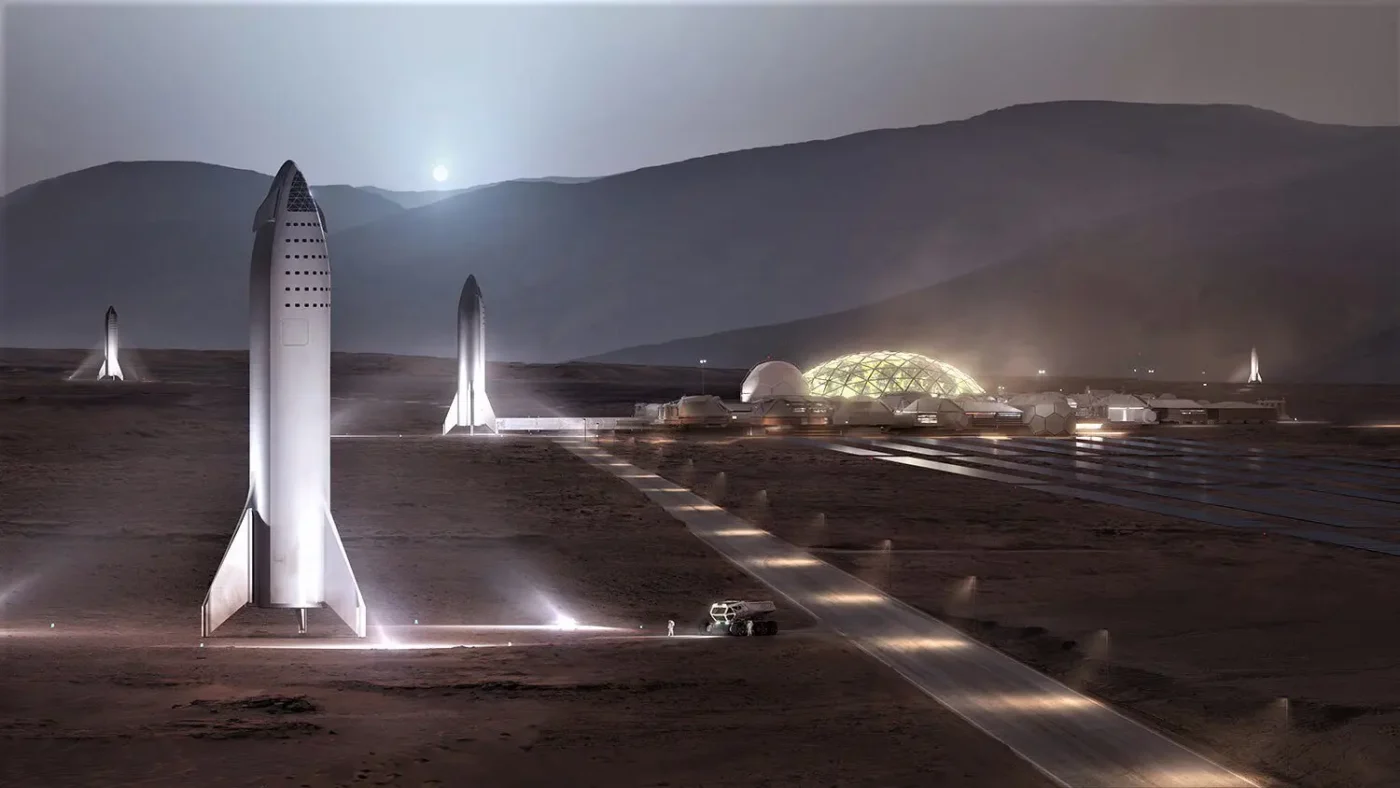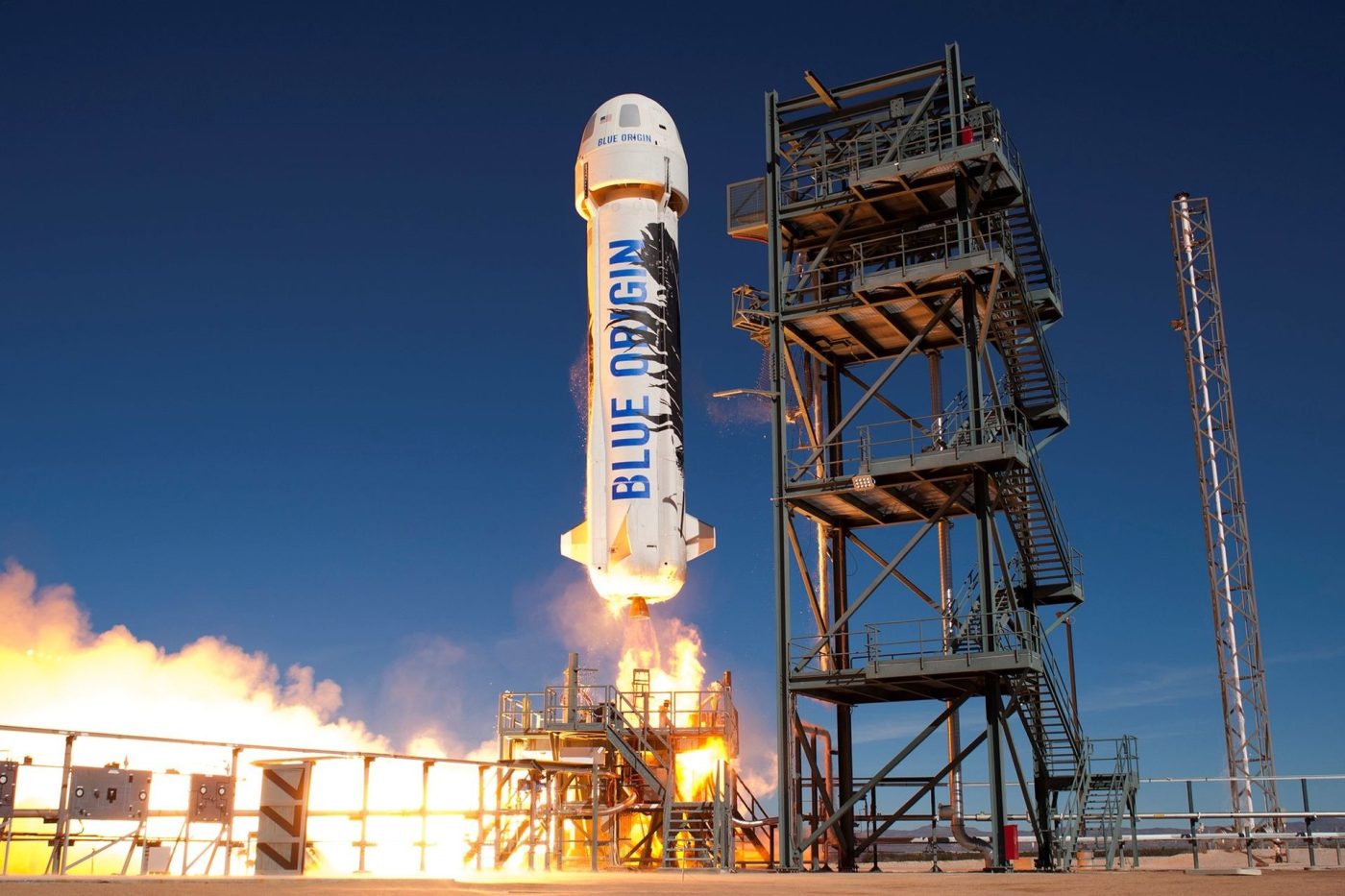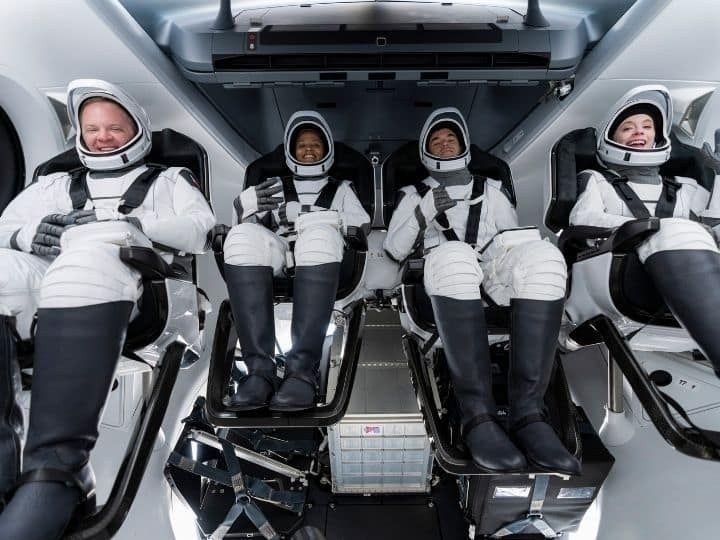- SpaceX, Blue Origin, and Virgin Galactic are launching the future of space tourism.
- Space tourism is expected to grow rapidly and reach $10-15 billion USD by 2030.
- Private spaceflight is becoming more accessible, with upcoming space hotels and lunar missions.
Human curiosity has always caused us to explore different lands such as climbing the tallest peaks, diving into the deepest oceans or jet-setting across continents. But now, the ultimate travel destination is not about to be some hidden island or remote jungle. Iat’s about to be space.
What once was confined to astronauts and science fiction is slowly coming closer to a luxury reality. Thanks to deep-pocketed billionaires like Elon Musk, Jeff Bezos, and Richard Branson, space tourism is quickly shifting from an impossible dream to an extravagant getaway. And if the latest developments are anything to go by, we’re not far from a world where sipping champagne in zero gravity becomes just another Tuesday for the wealthiest people of the world.
Defining the Final Frontier
To understand where space tourism is heading, it’s helpful to know where space actually begins. The internationally recognized boundary, certified by the Fédération Aéronautique Internationale, is the Kármán line, which sits about 60 miles (100 kilometres) above the Earth’s surface. Cross that line, and congratulations, you’re officially in space.

And here’s the exciting part. By the end of 2025, multiple companies are expected to offer both suborbital and orbital flights, making space more accessible — at least for those who can afford the ticket.
The Current Space Race
Elon Musk’s SpaceX has been busy turning civilians into astronauts through its Crew Dragon and Starship aircrafts. In September 2021, the company made history with the Inspiration4 mission which was the first all-civilian orbital flight.
Fast forward to September 2024, and the company’s Polaris Dawn mission achieved another milestone with the first private spacewalk — because apparently, floating in space wasn’t thrilling enough on its own. But Musk isn’t stopping there either. With the Starship program, SpaceX is eyeing lunar tourism by the late 2020s and will offer well-funded travellers the chance to follow in the Apollo astronauts’ footsteps.

Richard Branson’s Virgin Galactic is also all about making space tourism a thrilling yet slightly more accessible experience. The company officially opened ticket sales to the public in 2022, with a price tag of $450,000 USD per seat. Then, in June 2023, Virgin Galactic launched Galactic 01, which was the first commercial space tourism flight and marked another milestone in civilian space travel.
After a brief pause for fleet upgrades, Virgin Galactic plans to resume flights by late 2025 and will offer a revised ticket price of $250,000 USD — still not cheap, but a step toward bringing space tourism beyond just billionaires and hedge fund tycoons. The company will also offer their own signature experience — a 2.5-hour journey which will feature six minutes of weightlessness and a breathtaking view of Earth’s curvature.
Jeff Bezos’s Blue Origin has also been part of the space race and has steadily been racking up successful missions with its New Shepard rocket, which has completed 26 flights so far. The first civilian ticket was sold for $28 million USD in a 2021 charity auction, proving that there’s no shortage of people willing to pay obscene amounts for a quick trip to space. More recently, Blue Origin made headlines when Karsen Kitchen became the youngest woman to cross the Kármán line aboard NS-26. This really highlighted the growing diversity of space travellers in recent years.

Beyond the Atmosphere
Short suborbital joyrides are definitely exciting, but the future of space tourism is looking even better. Companies like Orbital Assembly and Axiom Space are already developing space hotels that are set to open by 2030 and promise luxury stays in microgravity. Imagine waking up to an endless view of the Earth from orbit — now that’s a five-star experience.
Meanwhile, the first commercial space station is expected to begin operations between 2027 and 2028 and this will further open up extended research missions and high-end leisure trips. And if all goes according to plan, lunar tourism could soon be a reality, with civilians stepping onto the Moon before the end of the decade.

For now, though, space tourism is accessible only to the extremely wealthy. But just like commercial air travel went from an elite luxury to an everyday convenience, there’s hope that private spaceflight could also follow a similar path. Market numbers are also showing that the space tourism sector is expected to expand by 15-20% annually between 2025 and 2030 and reach a valuation of $10-15 billion USD.
The number of space tourists are also expected to increase from 250-400 in 2025 to over 1,000 by 2030. Naturally this type of growth is getting the attention of global investors and countries like Japan and the UAE are investing billions in their own space tourism projects.
The real problem though is cost. Companies are working to bring prices down but it’ll take years, if not decades, before space travel is anything close to affordable for the average person. But one thing’s clear: the demand is there and space is closer than ever to becoming the next luxury destination.


